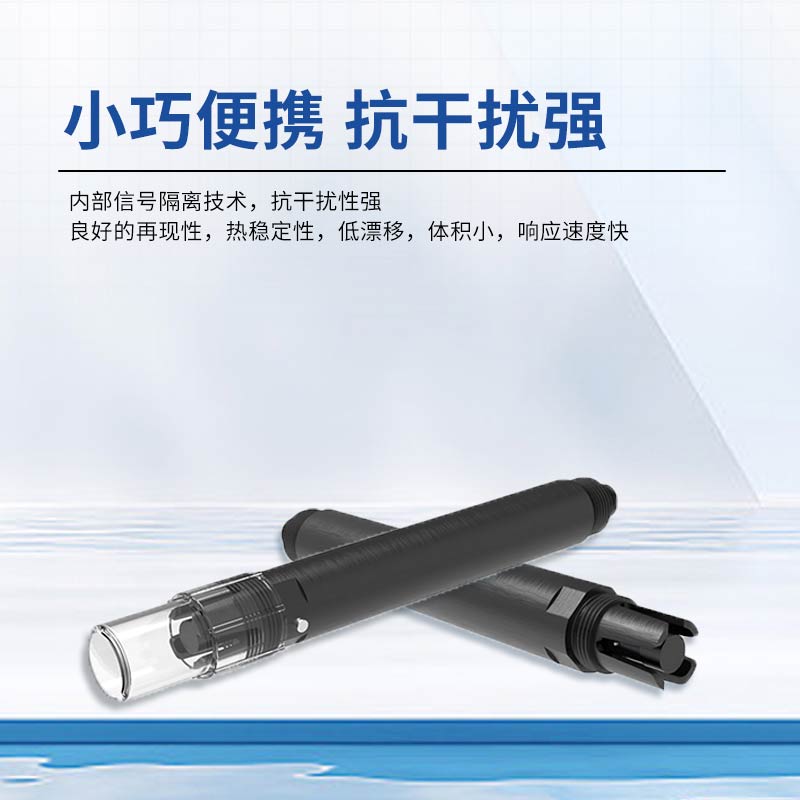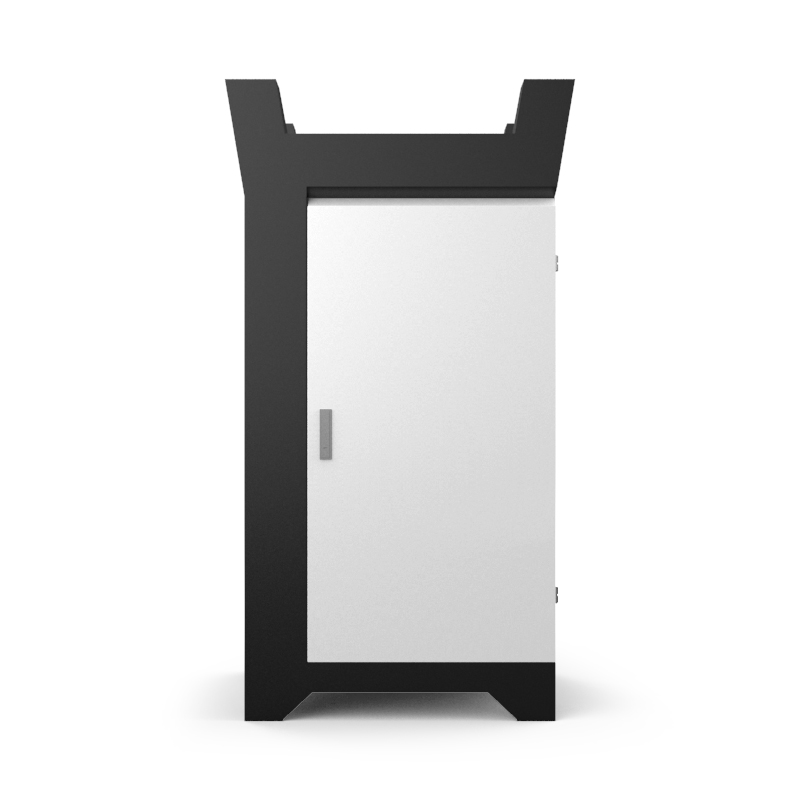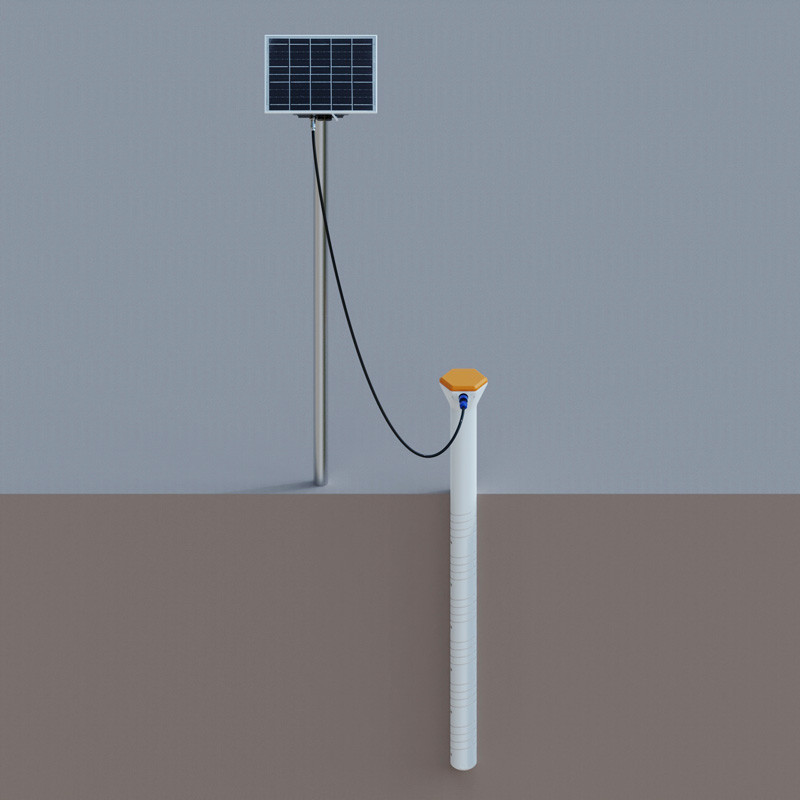Water is indispensable to life. Although 71% of the Earth's surface is covered by water, water quality is under threat. The quality of drinking water and the water that supports marine life, fisheries, aquaculture, and coastal communities is of concern. National land management, irrigation, waste disposal, and other factors affect the quality of groundwater. Water pollution threatens human health and the environment, is detrimental to enterprises that rely on high - quality water, and affects the lives of coastal residents. For marine protected areas, maintaining water quality is of great significance for protecting biodiversity and ecosystem services.
Monitoring water quality can identify specific pollutants, chemicals, and pollution sources, such as sewage and wastewater infiltration, agricultural practices, and oil pollution. It can also determine short - and long - term trends in water quality, provide a basis for environmental planning, and assist in water pollution prevention and management. The digitalization of data collection and management is a coping strategy. This complies with international standards, and countries also attach great importance to it. In emergency situations such as oil tanker spills and floods, real - time monitoring data can be used to assess the impact of pollution on water quality for immediate action.
Traditional water quality monitoring relies on manual data collection and sampling systems, which have problems such as being time - consuming, costly, inefficient, and difficult to comparatively evaluate water quality parameters. However, the Internet of Things - based water quality monitoring system provides a new solution.
It connects various sensors through APIs and transmits data at selected frequencies, allowing users to easily obtain data in real - time from their own dashboards. Moreover, data can be collected from multiple locations and aggregated, enabling proactive flood prevention management, measuring the impact of environmental projects, and monitoring regulatory compliance.
In the current water quality sensor industry, more highly - integrated all - in - one water quality sensors have also been introduced to the market.
This all - in - one water quality sensor combines multiple functions into one, changing the limitations of traditional monitoring methods. It is usually equipped with multiple core sensors, such as a dissolved oxygen sensor, a conductivity sensor, a turbidity sensor, a pH electrode, and a temperature sensor, etc., and can accurately measure multiple key water quality parameters simultaneously. Its integrated design not only reduces the space occupied by the equipment but also greatly enhances the stability and reliability of the equipment.
In terms of data output, it mostly adopts universal communication interfaces, such as RS485 interfaces, to ensure stable and efficient data transmission and facilitate connection with other monitoring systems or data processing platforms. Moreover, it is often equipped with an automatic cleaning device that can automatically clean the sensor surface, effectively avoiding the impact of impurities, microorganisms, etc. on the measurement accuracy of the sensor and reducing maintenance costs and the frequency of manual intervention.
Each sensor is equipped with a quick - plug waterproof connector. This design makes the installation and replacement of sensors extremely easy. Whether it is installed in surface water, groundwater, lakes, marine environments, or used in fishery farming scenarios, deployment can be easily completed. Compared with traditional shore - based instruments, it can penetrate the water body more directly and more accurately reflect the actual water quality conditions on - site.

This paper addresses:https://fengtusz.com/industry/520.html









